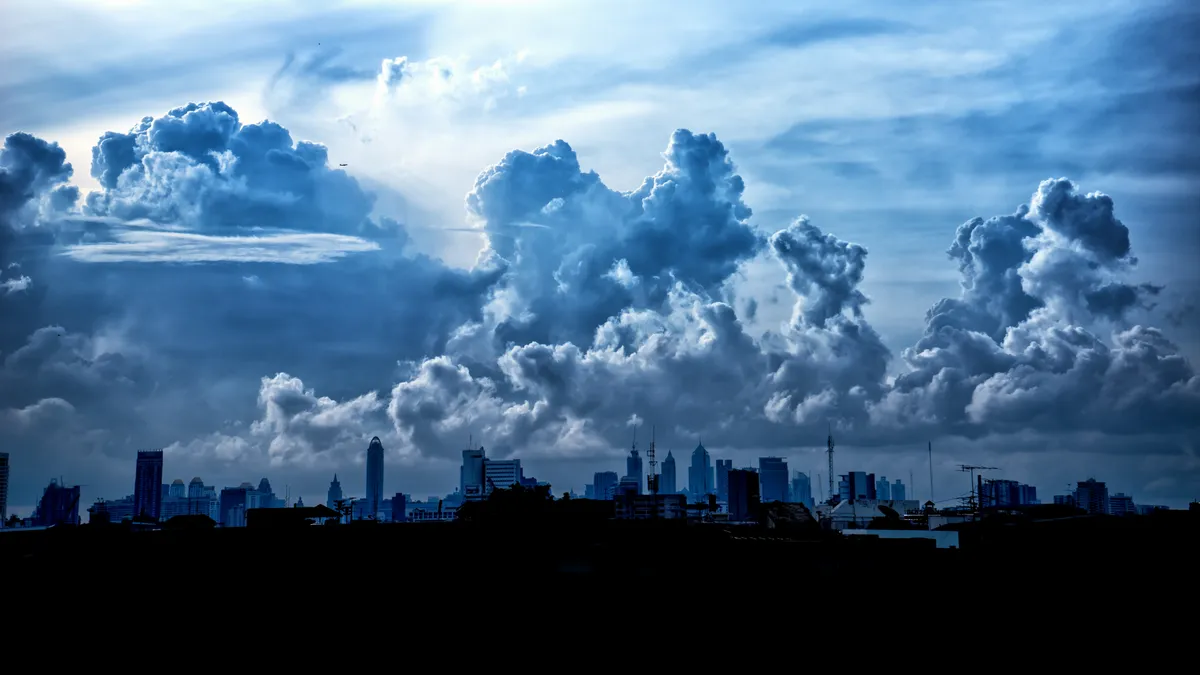Dive Brief:
-
For engineers weighing the potential of future climate conditions on current projects, a new paper from the International Journal of Forensic Engineering offers some guidance.
-
The paper looks at long-term trends in global temperatures and then compares what has been predicted in models to what was measured, one of the paper’s authors explained in The Guardian.
-
The researchers expect temperatures to increase 7 F through 2100, noting that initial projections for 2017 indicate that the current models may be "running too cold," that is, that temperatures are rising even faster than the historical trend would indicate.
Dive Insight:
The paper largely serves as a call to action for engineers to continue to press for resilient building design that considers both current and future climate conditions. In the U.S., members of the AEC community have voiced concern over the Trump administration’s environmental dealings, specifically whether it would support the green-building movement, and to what extent.
Under the Obama administration, a host of federal incentives to support the uptake of sustainable design and construction strategies included the incorporation of resilient building codes into projects of the departments of Housing and Urban Development and Agriculture and climate-change risk screening for the General Services Administration's capital investment leasing program.
For lack of a mandatory, national building code and varied uptake among states of the International Code Council’s model codes, cities have stepped up to address resiliency in their own building stock and infrastructure.
Chief among them is New York City. Earlier this month, the Mayor’s Office of Recovery & Resiliency debuted a resiliency guide, the city’s first. Still in draft form, the Climate Resiliency Design Guidelines advise city agencies in responding to climate-change driven heat and precipitation changes, flooding, storm surges and sea-level increases on projects.













